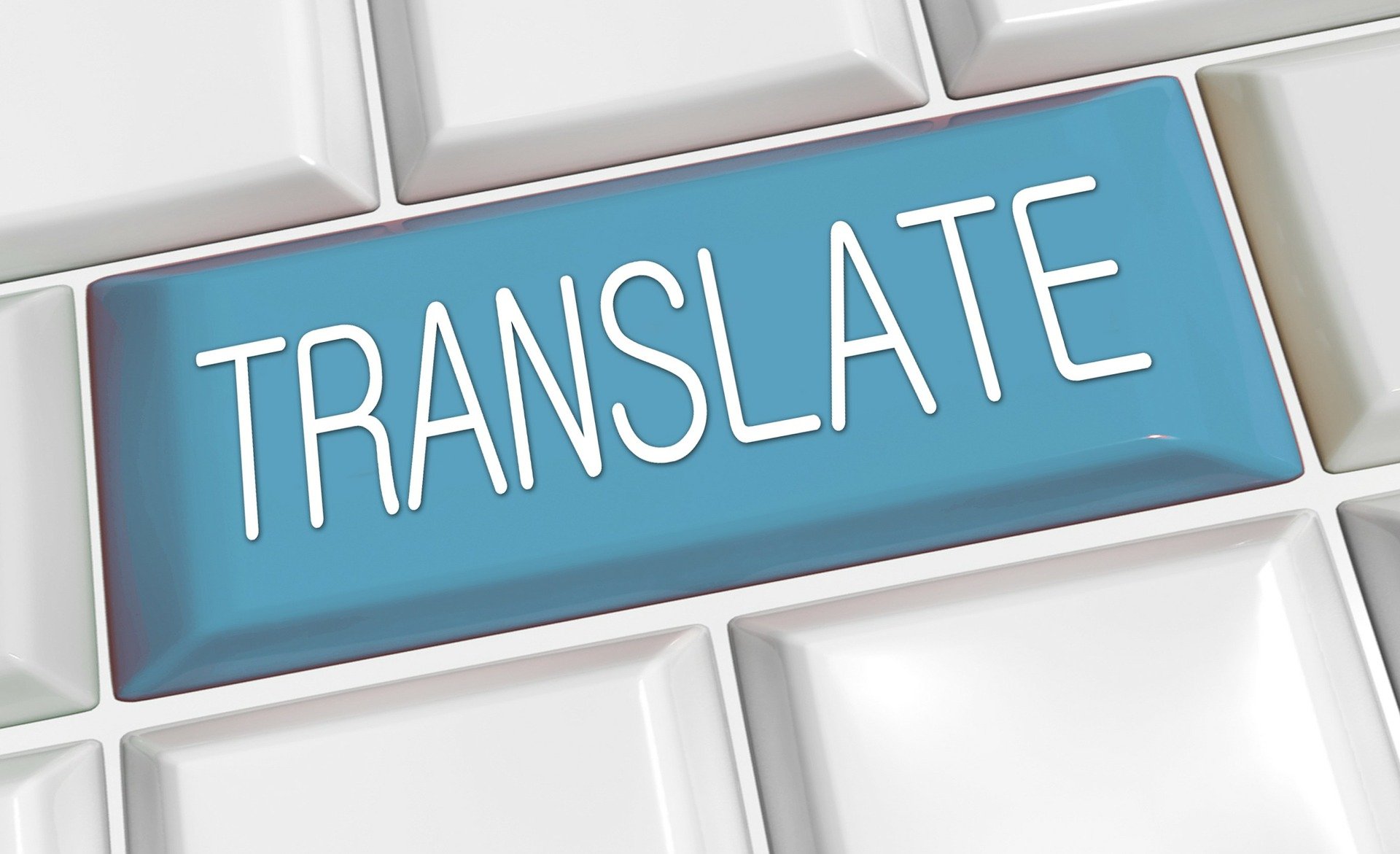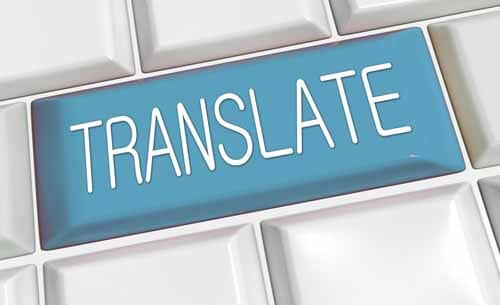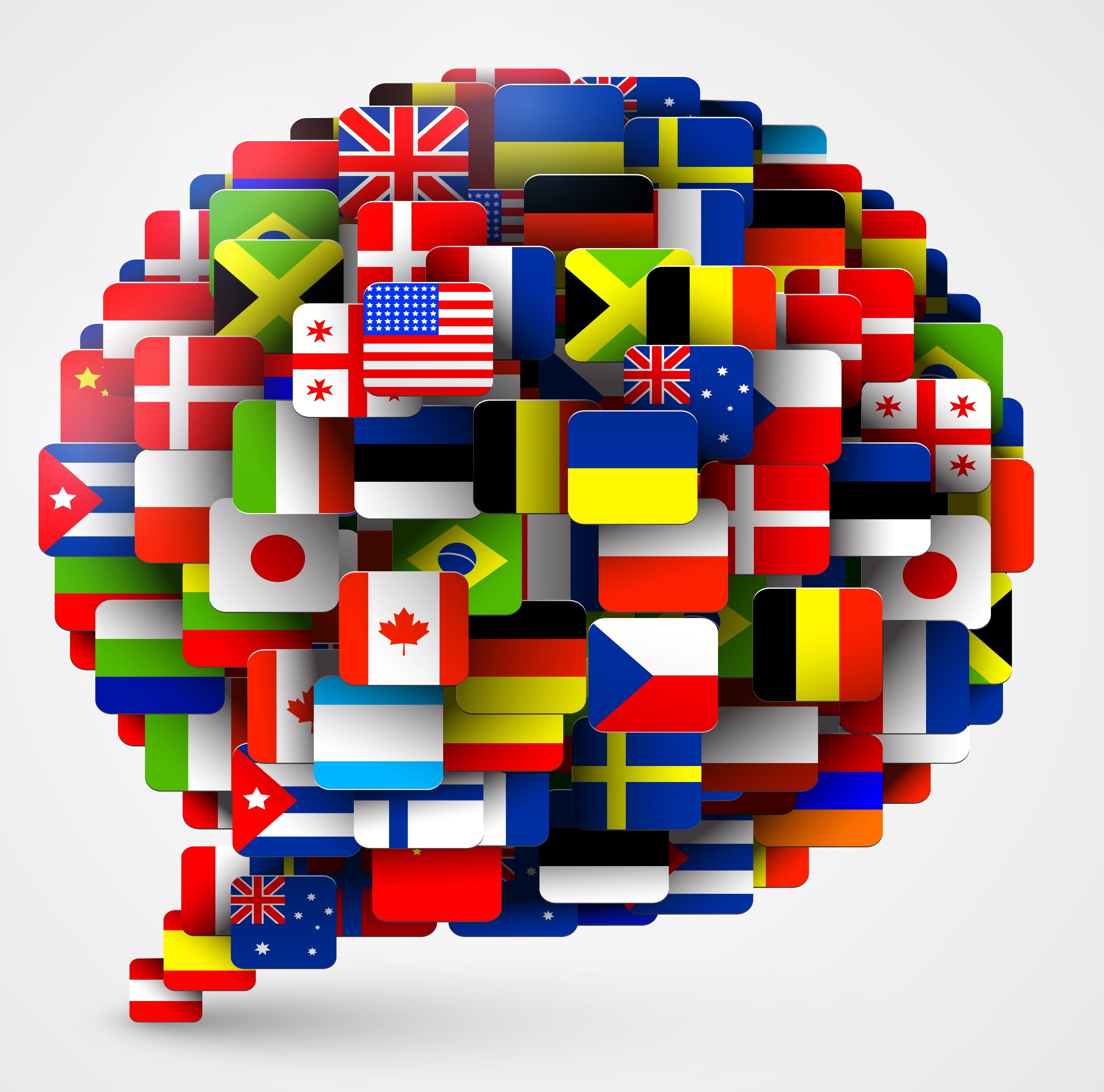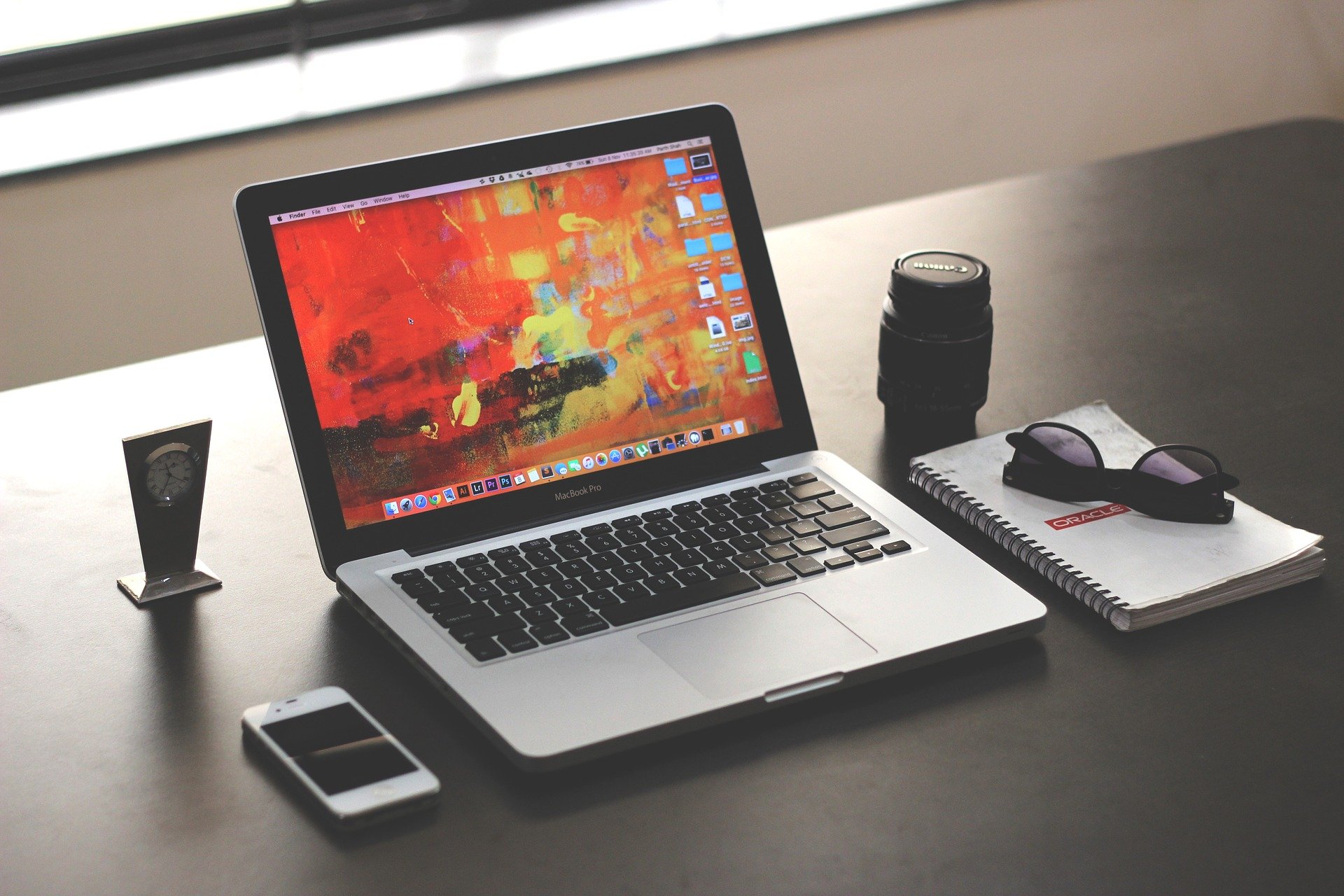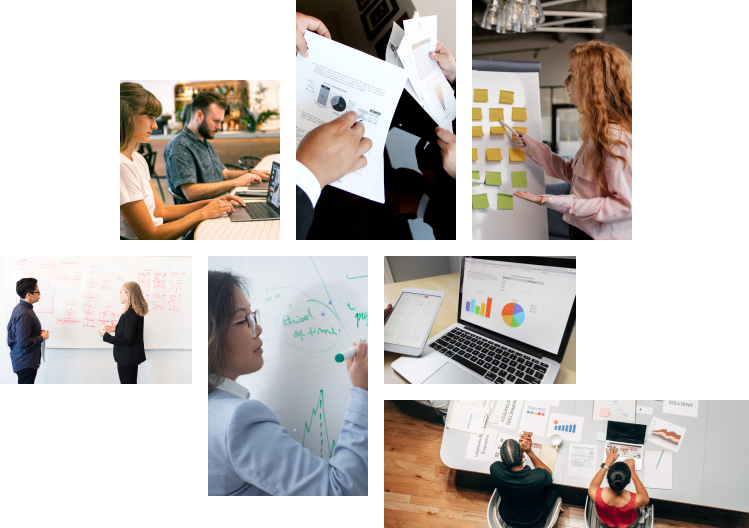Listen to Audio Version:
 You've got a brochure in English and now you need it in another language. It's easy to do, right? Maybe not as easy as you’d think.
You've got a brochure in English and now you need it in another language. It's easy to do, right? Maybe not as easy as you’d think.
What is Foreign Language Desktop Publishing (DTP)?
Editing a brochure from one language into another takes someone with special knowledge to be able to do it accurately. A person who specializes in this is called a foreign language desktop publisher (FLDTP), and they have specific skills.
A Foreign Language Desktop Publisher Has Specialized Skills
An experienced FLDTP knows all the same design programs that a single-language designer knows, but they're also very familiar with languages. Rapport International’s foreign language desktop publisher speaks five different languages. This allows her pick up on errors more easily and she is better able to layout the design in the new languages.
In addition to knowing the languages, a FLDTP has to understand culture. If there's any question about color interpretation, visual references or the way something is presented, the foreign language desktop publisher will bring questions to the client and will make recommendations to make sure it's culturally appropriate.
A designer has a different skill set. They are creative professionals who know how things put together, they know how to move the elements around to make the final product most visually appealing. A foreign language desktop publisher isn't so much a creator of a visual product, they're more of a cultural advisor who make sure the language is correct.
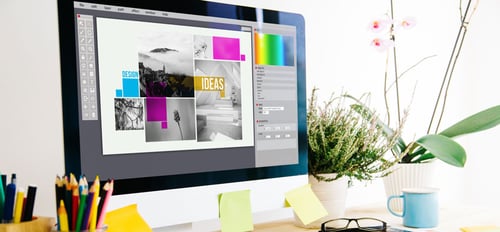 How to Prepare Your Materials for Foreign Language Publishing
How to Prepare Your Materials for Foreign Language Publishing
If you are creating a brochure and you know it's going to go into multiple languages, there are some things that you can do in advance to make sure that it will work well in other languages.
Write in Global English. Global English is English that's very clear. It’s written in shorter sentences, there's not a lot of jargon, slang, humor, or local references.
Use Simple Design Elements. For example, don’t embed text in graphics that will need to be translated into the new language. This causes longer turnaround times because the FLDTP will need to pull the text out and redesign the item for the new language. Also, when you get into foreign language desktop publishing, you may have to move things around and adapt design elements to make the layout work.
Leave Space. When you translate from one language into another language, the translation can be up to 30% longer, therefore it will need more space. For example, take the Volkswagen tagline Fahrvergnugen. In English it means "the pleasure of driving." In this case, one word in German translates to four words in English, or 13 letters to 23 letters and spaces, and so it takes more space to say the same thing. A foreign language desktop publisher appreciates a designer who's built in extra white space allowing for expansion.
Don’t Start until the Copy is Finalized. Don’t send the project to the FLDTP until the copy is translated and finalized. If you start doing the layout and there's still edits coming on the translation, then it causes issues with version control. It's best to wait until you have finalized the translation and then send it to your FLDTP.
Plan Ahead. Finally, you need to plan enough time for the FLDTP process because it's not as simple as pulling the original language text out and dropping in the translated text. The process of inserting, formatting, fitting the text AND ensuring the cultural appropriateness of the colors, images, graphics and layout takes time. Your FLDTP will provide a timeframe for completion once they assess the original layout.
What Issues Could Arise with Foreign Language DTP?
Here are some issues, and their resolutions, that your FLDTP could run into:
Issues with the Font. As a designer, you want to make sure that you're picking a font that carries over into another language. If the designer chooses a font that does not exist for the new language, the FLTDP will have to change the font in the entire document which could change the look and feel. In addition, some fonts don't have the special characters needed in some languages such as accents or tildes (ñ), or letters such as ü in German or æ in French. So, make sure that the font that you pick will handle all the characters.
Punctuation Differences. The way languages hyphenate varies. Make sure that if a layout uses hyphens, that it's breaking at the right place for other languages. Breaks in English are different than in other languages. Punctuation can vary as well. In Greek, a semi-colon is a question mark. Quotation marks look different across languages. An experienced FLDTP knows these differences and make sure that they're correct in the new language.
Italics May Not Translate. Some languages don't use italics. If your designer uses italicized text for emphasis, your FLDTP will know the languages that don’t use italics and will emphasize the text in a different way.
Numbers. In the US we use a comma in larger numbers and a decimal point before fractions or cents. In some languages the opposite is true. Your FLDTP will know the audience and will watch for the numbers being presented in a way that is culturally appropriate. For example, if the project is being translated for an audience in the US, then the FLDTP will keep it in the standard US convention, but if it's intended for an international audience, they will make sure it’s appropriate.
Visuals. Colors have a real effect on how information is received by an audience. Colors have different meanings and connotations in different cultures. For example, white means purity and weddings in the United States, yet in China it means death. Red means happiness, joy, and excitement in China, in India it denotes purity, and in Japan it can mean danger. If your project uses color in a big, bold way your FLDTP will advise you if they believe it could be interpreted differently in the other culture. They will bring their suggestions to your attention and talk about the most strategic way to handle the issue.
Complex Languages. Some languages are more complex to work with in a layout. Languages like character languages or those that read right to left bring their own set of challenges. An experienced FLDTP will make sure that your project lays out correct so that when the audience is reading it, it makes sense. Sometimes the FLDTP will have to change some of the layout or some of the elements to make sure that it's culturally appropriate.
If you are a creative designer and you're creating a project that may need to be translated into a more complex language, make sure that you don't group a lot of elements tightly together. Make the layout more flexible so when the FLDTP goes in to do the other languages, they've got the ability to move elements around and make everything fit in a culturally appropriate way.
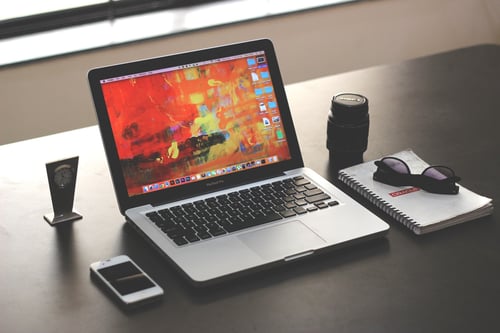 Can an English-Only Designer do Foreign Language Desktop Publishing?
Can an English-Only Designer do Foreign Language Desktop Publishing?
Just as any bilingual person can't be a high-quality translator because that takes a specific set of skills, any designer can't be a quality FLDTP.
First, the person has to have a familiarity with the language and culture because they're going to need to find and fix things that aren't culturally appropriate or aren’t working in the layout.
Second, the more experience the FLDTP has, the quicker, smoother and more accurate the project will proceed. Your FLDTP needs to have the knowledge and experience to know which text to highlight or shrink to make it fit and be relevant.
Third, think about the skill sets and using people to their best ability. Both designers and FLDTP know design programs. Yet, a designer is creative, thoughtful and understands design elements. While the FLDTP is detail-oriented and knows language and culture. Some people can do both, yet sometimes, it’s better to let people do what they do best.
Considerations for Foreign Language Desktop Publishing
If you want to save money or you're a designer and you want to try foreign language DTP, what are the risks of doing it yourself?
- You don't want to make mistakes because it can cause embarrassment to you or your company
- It could ultimately cost you more money because if the project goes to print and there’s an error or something offensive, then you will need to redesign the project and print it again.
- It could cost business because if people don't take the product seriously or find something inappropriate, they probably won’t buy the product or service.
- Errors could make you liable. For example, what if important text gets dropped or forgotten, or maybe it was shrunk to make it fit, but legally it had to be bigger and more pronounced, this could cost you legal issues and money
Key factors for doing a good job:
- Have familiarity with the language. you need to understand enough about the fonts, punctuation, hyphenation, inserting text, spacing, and the potential issues.
- Have knowledge of the target audience and culture. be aware of colors, culturally relevant pictures and visuals.
- Be aware of language conventions. In some situations, it is OK to put languages that are typically written right-to-left or top-to-bottom in a left-to-right orientation, it depends on the audience.
- Keep the audience and how they may interpret the material in mind. An American may look at something differently than an Australian even if both are native English speakers. A person from China who's in the US, will look at something differently than somebody who's in China. Know your audience and where the material will be presented.
- Don't rush! Take your time. It’s detailed work and needs to be correct to avoid offending your audience.
- Have your professional translator review it for errors and cultural appropriateness. You'll incur a little bit of extra charge yet having your professional translator review your layout can make a world of difference when it comes to avoiding mistakes.
 So, the question really becomes….can your designer do your foreign language desktop publishing? Some can, some can't. As mentioned above, FLDTP don't typically create, they typically focus on the details of adapting the materials from one language to another. So, if you are a creative type, if you are not familiar with languages and cultures, you might want to leave this process to the professional FLDTP. In the long run it's going to save you time and costs. On the other hand, if you're bilingual and you understand the culture of the target audience and you feel comfortable, sure, go for it and make sure that you have your translator review it.
So, the question really becomes….can your designer do your foreign language desktop publishing? Some can, some can't. As mentioned above, FLDTP don't typically create, they typically focus on the details of adapting the materials from one language to another. So, if you are a creative type, if you are not familiar with languages and cultures, you might want to leave this process to the professional FLDTP. In the long run it's going to save you time and costs. On the other hand, if you're bilingual and you understand the culture of the target audience and you feel comfortable, sure, go for it and make sure that you have your translator review it.
Rapport International specializes in multilingual communications, providing language translation and interpretation services that are accurate and culturally appropriate. We use the right voice and the correct terminology to avoid liability, customize services to your needs, and deliver on time and within your budget. With our 100% satisfaction guarantee, you can trust that it’s done right. Contact us today if you would like more information or to get a free quote.
Popular Posts
Popular industry news, interviews, technologies, and resources.







